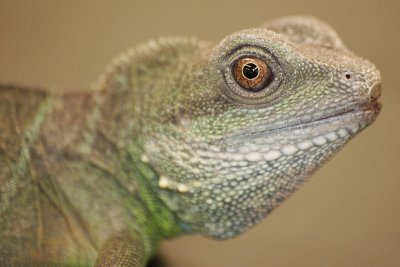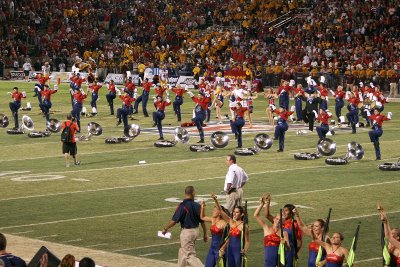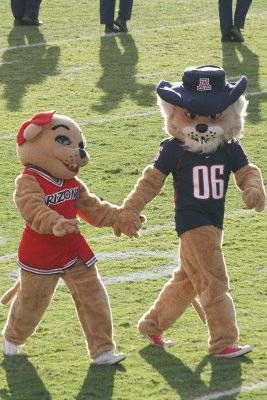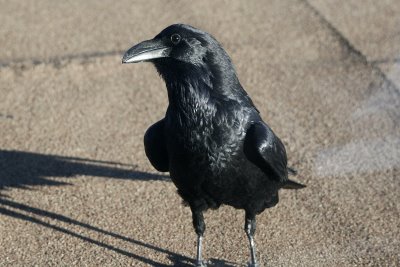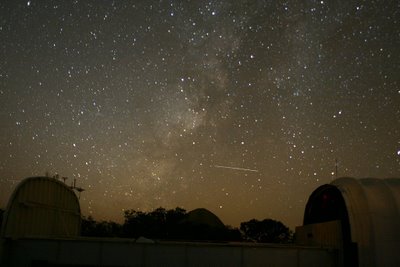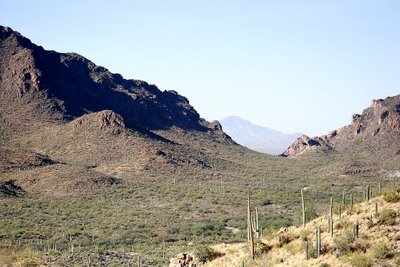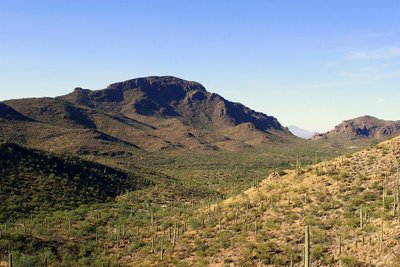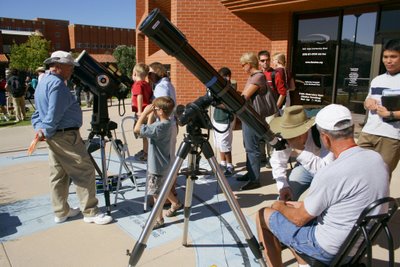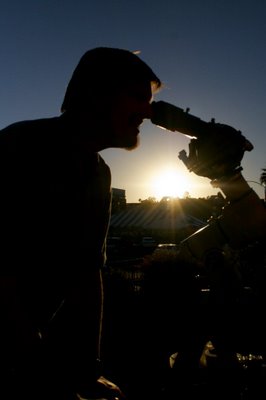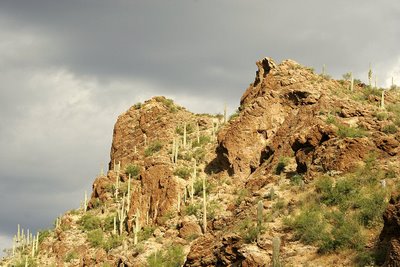This Water Dragon is one of the critters in my wife's middle school science classroom. The detail in this lizards eye is rather interesting and not all that different from that of the leopard geckos that are also in the classroom. This image was taken at 190mm in macro mode with an exposure of 1/60 seconds at f/5, ISO 1600 using flash with an FEC of about -1 stop.

